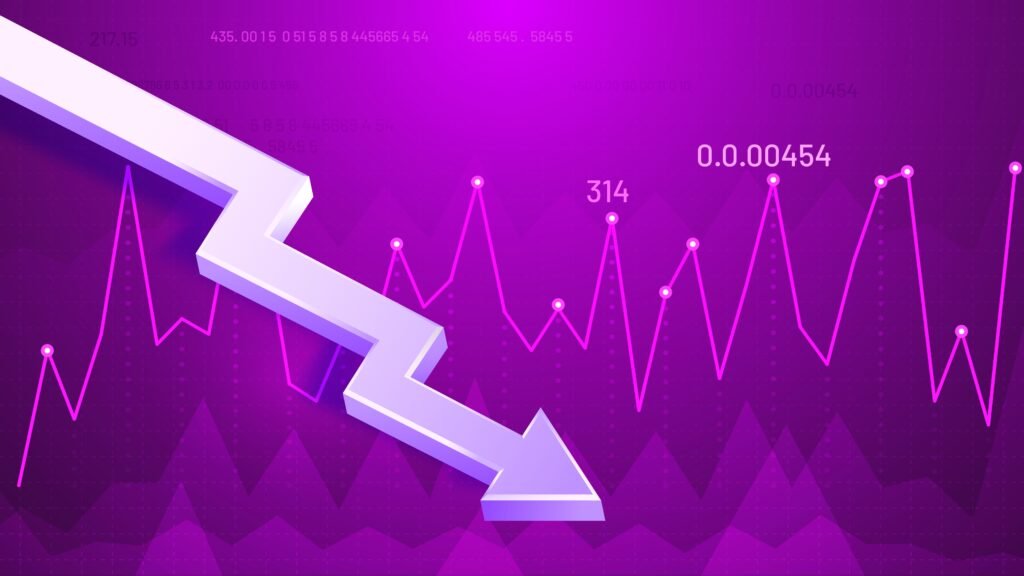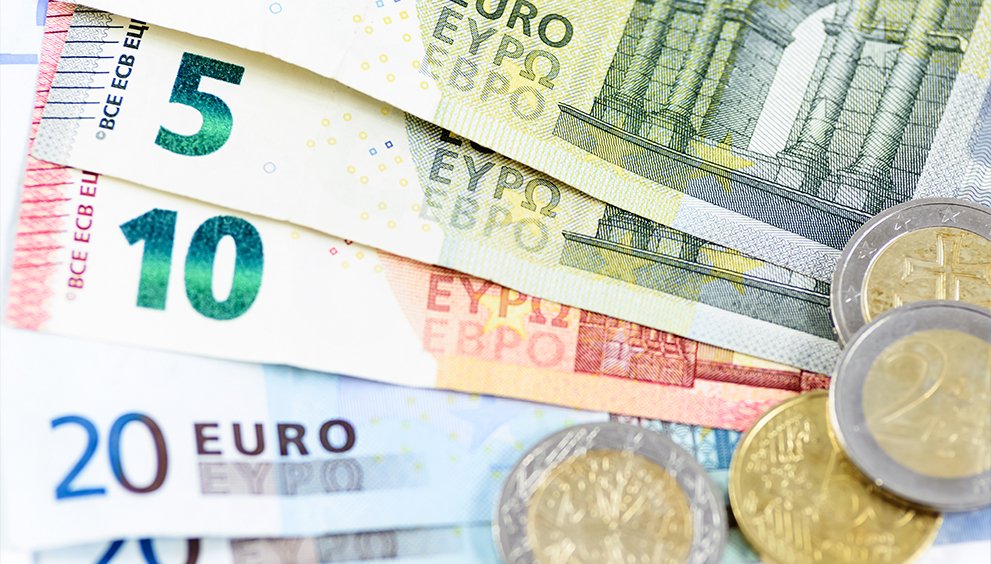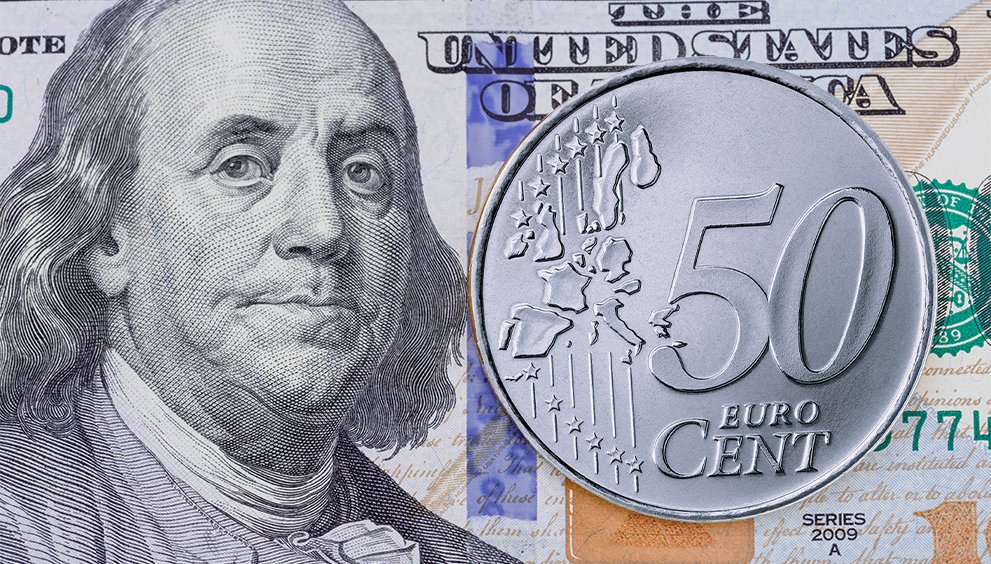GBP/JPY Subdued Despite Upbeat UK Retail Sales Data

GBP/JPY softened near 194.94 as sterling found support following the United Kingdom’s Q4 Gross Domestic Product (GDP) and Retail Sales data. In Q4, UK GDP increased by 0.1% from the previous quarter, meeting expectations. Annually, GDP grew by 1.5%, exceeding the anticipated 1.4% rise. Additionally, UK Retail Sales jumped by 1.0% month-over-month in February, surprising analysts who predicted a 0.3% drop, although this reflects a slowdown from January’s downwardly adjusted 1.4% increase. Year-over-year, retail sales rose by 2.2%, outperforming the expected 0.5% growth and accelerating from a revised 0.6% gain. Core Retail Sales, which exclude auto fuel, also saw a 1% monthly increase, beating the forecast of a 0.5% decline despite being lower than January’s 1.6% growth. On an annual basis, core retail sales were up by 2.2%, an increase from a revised 0.8%, surpassing market expectations.
On Wednesday, headline CPI rose by 2.8% year-over-year in February, down from 3.0% in January but softer than the anticipated 2.9%. The Core CPI, which excludes food and energy prices, increased by 3.5% year-over-year in February, slightly down from 3.7% previously and below the market consensus of 3.6%. Chancellor of the Exchequer Rachel Reeves’ Spring Budget scaled back government spending plans while staying aligned with her fiscal objectives. Key points include welfare cuts of more than £3.4 billion and a current spending reduction exceeding £3.6 billion. The fiscal rules permitting additional borrowing remain unchanged, while defence spending is expected to increase by £6.4 billion by 2027. The UK’s Office for Budget Responsibility (OBR) has updated its forecasts, now predicting 1% economic growth in 2025, down from the previously estimated 2% in October.
On the JPY’s front, Friday’s Tokyo Consumer Price Index (CPI) data strengthened the yen. The headline Tokyo Consumer Price Index (CPI) for March rose 2.9% year-on-year compared to 2.8% (revised from 2.9%) in the previous month, the Statistics Bureau of Japan reported on Friday. Meanwhile, the Tokyo CPI excluding Fresh Food and Energy was 1.1% in March, up from 0.8% in February (revised from 2.2%). Additionally, the Tokyo CPI, excluding Fresh Food, increased 2.4% year-on-year in March, surpassing the expected 2.2% and rising from 2.2% in the prior month. The Bank of Japan’s) summary of opinions from the March meeting showed a consensus to persist in increasing rates if the economy and prices align with forecasts. Nonetheless, the board believes that the current policy should remain unchanged for now, as the economic risks have escalated due to the US tariff policy.
In today’s session, UK Retail Sales data and the Japanese Consumer Price Index (CPI) will influence the GBP/JPY exchange rate.

EUR/GBP Stumbles Following UK GDP, Retail Sales Data
EUR/GBP fell near 0.8325, following the robust economic data from Britain. UK GDP grew by 0.1% in Q4, matching expectations. Annually, GDP rose 1.5%, above the 1.4% forecast. UK Retail Sales increased 1.0% in February, contrary to a 0.3% decline forecast, although slower than January’s revised 1.4% gain. Year-over-year, retail sales climbed 2.2%, exceeding the 0.5% expectation and up from 0.6% growth. Core Retail Sales, excluding auto fuel, rose 1% MoM, beating the -0.5% forecast but down from 1.6%. Annually, core Retail Sales advanced 2.2%, up from 0.8%, both exceeding market projections. On Thursday, UK Prime Minister Kier Starmer cautioned that the US tariffs could severely harm the UK’s economy. However, he emphasised that policymakers are dedicated to resisting US President Donald Trump’s unbalanced global trade policy. Starmer’s remarks echoed the sentiments of Canadian Prime Minister Mark Carney, as various former US trading partners are becoming increasingly confrontational in trade negotiations with the Trump administration.
On the other hand, the euro continues to face challenges as escalating trade tensions between the US and the Eurozone. On Wednesday, Trump announced a 25% tariff on imported cars and light trucks, effective next week, along with a possible one-month delay for auto parts imports. This disclosure follows a new 25% flat import tax on all steel and aluminium, in addition to upcoming reciprocal tariffs scheduled for April 2. In retaliation, the European Union (EU) has stated it will impose tariffs on US imports, raising concerns about an escalating EU-US trade war.
On the data front, Germany’s GfK Consumer Confidence Survey for April came in at -24.5, worse than expectations of -23.0 but marginally improving from the previous -24.6. In February, consumer spending in France decreased by 0.1%, a better outcome than January’s 0.6% decline, yet it still falls short of the projected 0.3% growth rate. The preliminary Monthly Consumer Price Index (CPI) for February in France rose by 0.2%, missing the expected 0.3% increase but improving from January’s flat 0.0% change. In Spain, the annual CPI for March was recorded at 2.3%, below the anticipated 2.6%, and down from February’s 3.0%, indicating weakening inflation pressures. In contrast, Germany’s Federal Labour Office announced an increase of 26,000 unemployed people in March, bringing the total to 2.92 million. This rise surpassed the expected 10,000 and the 5,000 increase seen in February. Consequently, the seasonally adjusted unemployment rate rose to 6.3%, up from 6.2% in the previous month.
Broader market sentiment around Trump’s auto tariffs, concerns about the escalating EU-US trade war, and robust UK economic data will influence the movement of the EUR/GBP.

EUR/USD Sinks Ahead of US PCE Price Index
EUR/USD softened near 1.0777 due to cautious market sentiment as investors brace for the US Personal Consumption Expenditure (PCE) Price Index. The core PCE Price Index, excluding the fluctuating prices of food and energy, is expected to grow by 0.3% month-over-month in February, consistent with January’s rise. The forecast indicates that core PCE inflation will slightly increase to 2.7% from 2.6% over the past year. In contrast, the overall annual PCE inflation is expected to remain at 2.5% during this timeframe. Economic data released on Thursday revealed that the US GDP increased at an annual rate of 2.4% in the fourth quarter, surpassing both market expectations and the previous estimate of 2.3%. The US Department of Labor (DOL) reported declining new unemployment insurance applications, dropping to 224K for the week ending March 22. This figure was lower than initial estimates and slightly decreased from the revised total of 225K the previous week (initially revised from 223K). The report also showed a seasonally adjusted insured unemployment rate of 1.2%, with the four-week moving average dropping by 4.750K to 224K from last week’s revised average. Furthermore, Continuing Jobless Claims fell by 25K, totalling 1.856M for the week ending March 15.
On Thursday, Boston Fed President Susan Collins discussed the tough choice facing the central bank: maintain a restrictive approach or actively ease policies due to potential economic slowdowns. Concurrently, Richmond Fed President Thomas Barkin cautioned that uncertainty concerning the Trump administration’s trade policies could prompt the Fed to take a more cautious, wait-and-see approach than anticipated by the markets.
On the other hand, the escalation of trade tensions between the US and the European Union undermined the shared currency. On Wednesday, President Trump announced a 25% tariff on imported cars and light trucks, effective next week, with a possible one-month delay for auto parts imports. This follows a 25% flat import tax on steel and aluminium and upcoming reciprocal tariffs set for April 2. In retaliation, the EU stated it would impose tariffs on US imports, escalating trade tensions. On Friday, European Central Bank (ECB) Vice President Luis de Guindos remarked that a trade war would primarily affect economic growth. He further stated, “The disinflation process is ongoing, and we aim to meet our goal in the coming months. The trade war’s effect on inflation will be counterbalanced in the medium term due to reduced growth. In times of uncertainty, exercising caution is increasingly crucial.”
Germany’s GfK Consumer Confidence Survey for April came in at -24.5, worse than expected but slightly improved from the previous -24.6. In France, consumer spending fell by 0.1% in February, better than January’s 0.6% decline but below the 0.3% forecast. France’s February CPI rose by 0.2%, missing expectations but improving from January’s flat result. In Spain, March CPI was 2.3%, below the expected 2.6% and down from 3.0% in February. Germany’s unemployment rose by 26,000 in March, surpassing expectations, and the seasonally adjusted unemployment rate increased to 6.3%, up from 6.2%.
Investors will closely monitor Trump’s impending reciprocal tariff announcement next week and Friday’s US Personal Consumption Expenditures (PCE) Price Index for further insights on the EUR/USD exchange rate.

AUD/JPY Slumps Amid Heightened Risk Aversion
AUD/JPY hovers near 94.79, as the Australian Dollar (AUD) weakened against its peers due to increased risk aversion stemming from concerns about impending US auto tariffs. However, despite the Commerce Department’s initial deadline of November 2025 for a decision, Trump’s proposal to implement tariffs on copper imports soon may bolster the AUD, given that Australia is a major copper exporter. On the domestic front, Australia’s Monthly Consumer Price Index (CPI) increased by 2.4% year-over-year in February, a slight decline from January’s 2.5% rise and below market expectations of 2.5%. On Tuesday, Australian Treasurer Jim Chalmers introduced the 2025/26 budget, highlighting major economic projections and approximately A$17.1 billion in tax cuts spread over two phases. The anticipated budget deficit stands at A$27.6 billion for 2024-25 and A$42.1 billion for 2025-26. GDP growth is forecasted to hit 2.25% in the fiscal year 2026, followed by 2.5% in 2027. These tax cuts seem designed to bolster political backing.
On Friday, Australian Prime Minister Anthony Albanese revealed that a national election is scheduled for May 3. This announcement initiates a five-week campaign primarily centred on cost-of-living issues. Although Albanese’s Labor Party gained a majority in the 2022 federal election, recent polls suggest a competitive contest with the opposition Liberal-National coalition, especially considering votes from smaller parties. Moreover, positive developments regarding China’s stimulus initiatives and proactive macroeconomic policies this year- while nurturing the private sector and attracting foreign investment- could bolster the Australian dollar. China has launched a bold plan targeting the enhancement of its aluminium industry’s quality and sustainability by 2027. Spearheaded by ten government agencies, including the Ministry of Industry and Information Technology, this initiative seeks to establish high standards for sector growth. Chinese President Xi Jinping has met with leading executives from companies like BMW, Mercedes, and Qualcomm. As the US reduces its global involvement, China strategically positions itself to reinforce international business relationships.
The Japanese Yen (JPY) strengthened following Tokyo’s Consumer Price Index (CPI) data release on Friday. Tokyo’s core CPI rose by 2.4% year-on-year in March, up from 2.2% in February, in line with market expectations. This marks the fifth consecutive month that core inflation has exceeded the Bank of Japan’s (BoJ) 2% target, fueling speculation that the central bank will maintain its stance on normalising monetary policy. According to Japan’s Statistics Bureau, the headline Tokyo CPI for March increased by 2.9% year-on-year, unchanged from the previous month. Additionally, the CPI excluding fresh food and energy rose to 1.1% in March, up from 0.8% in February (revised from 2.2%). In its March meeting summary, the BoJ reiterated its commitment to adjusting policy interest rates and monetary accommodation if economic and price conditions warrant. The central bank emphasised its data-driven approach, remaining flexible to evolving economic trends, inflationary pressures, and associated risks.
Broader market sentiment around the US policy shifts and their impact on Australia’s inflation outlook, as well as the Bank of Japan’s (BoJ) policy stance, could significantly affect the AUD/JPY’s direction.

Get more details, Stay Finance Markets Today!


 English
English 



































































































